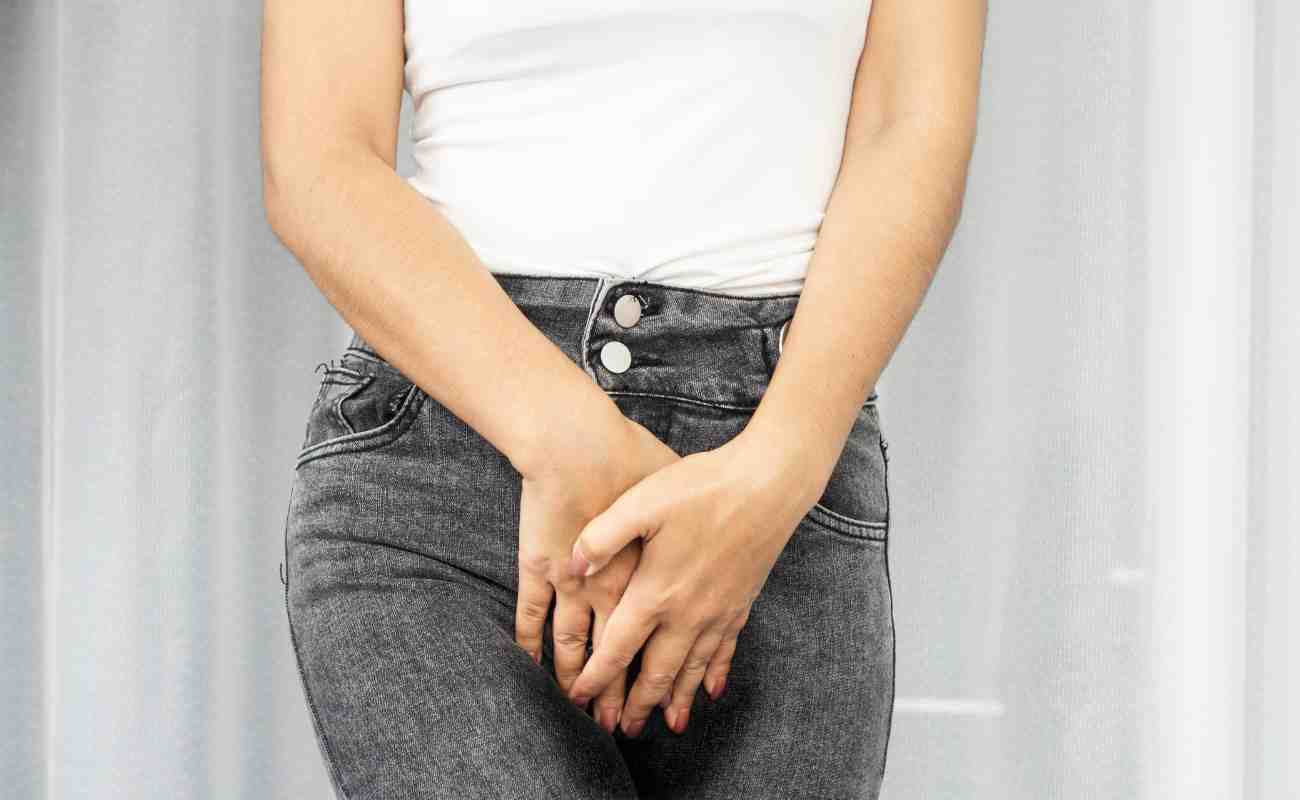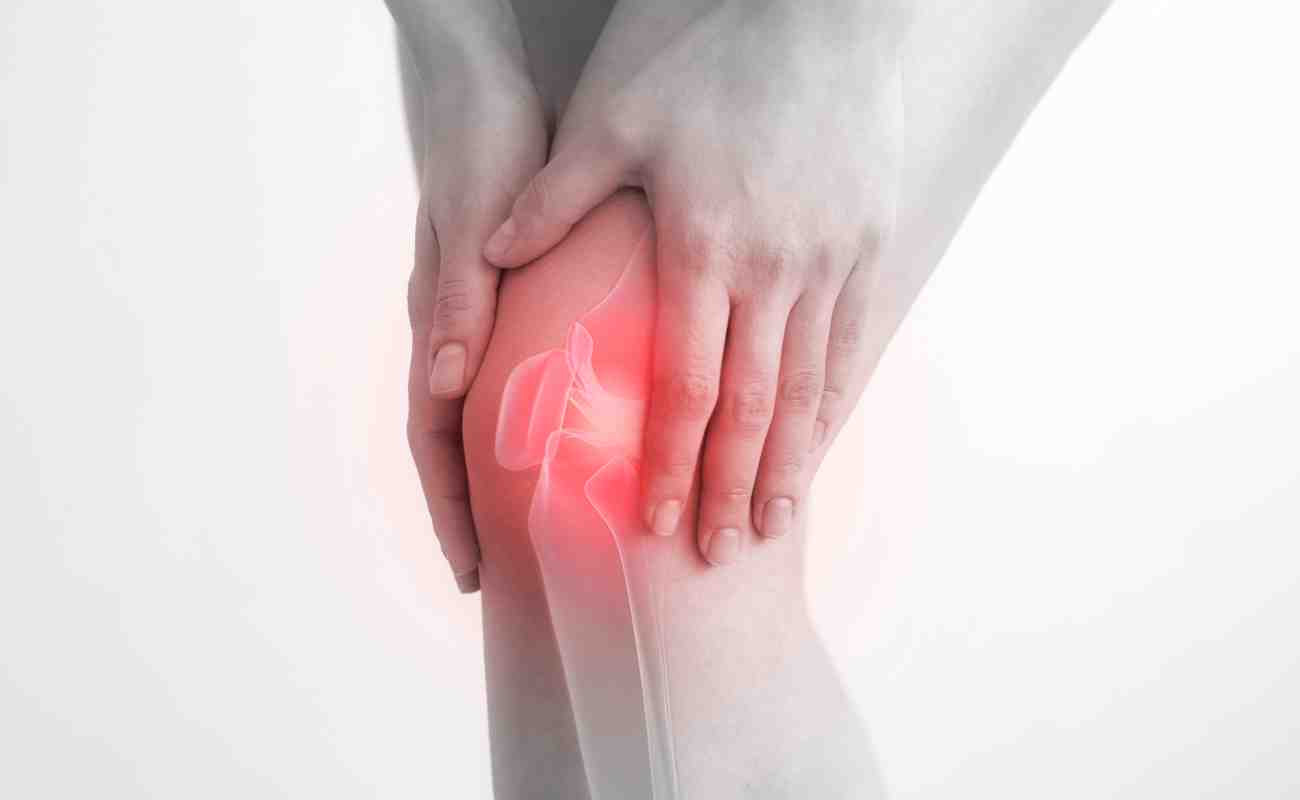
Urinary Incontinence and Pelvic Health Physiotherapy
Curezone Physiotherapy is a team of providers providing treatments in various musculoskeletal and Pelvic health conditions including Urinary Incontinence.
What is Urinary Incontinence?
“Urinary Incontinence (UI) is defined by International Continence Society (ICS) as the involuntary loss of urine which is objectively demonstrable and is a social or hygienic problem.”
According to the International Continence Society (ICS), urinary incontinence (UI) is the involuntary leakage of urine [1]. It is one of the most common health problems among women of all ages, with an increase in prevalence with aging. 25% to 45% of women, of different ages and throughout the world, suffer from involuntary urine leakage, while 9% to 39% of women over 60 years of age report daily urinary leakage.
Curezone Physiotherapy Mississauga provides treatments for the Urinary incontinence. Our registered physiotherapists are specialized and have been practicing over 12 years in pelvic health conditions.
Common types of Urinary Incontinence
1. Urge incontinence:
Involuntary loss of urine associated with a strong desire to void(ICS definition).
The amount of loss is related to the intensity of the urgency and the amount of urine in the bladder.
There are 2 main causes of this type or UI.
-Sensory urgency: t is due to hypersensitivity of the receptors in the bladder wall, and sometimes the urethra, caused by some pathology like infections, carcinoma, stones. Thus, as the bladder fills, early and unwanted detrusor contractions are produced either spontaneously or in response to activity.
-Motor urgency: Involuntary detrusor contractions occur during the filling phase; these may be developed spontaneously or be provoked by such activities like walking or coughing. Present in case of neurological disorder like multiple sclerosis. There may not be any neurological cause which is known as “unstable or irritable bladder.”
2. Genuine stress incontinence (GSI):
It is a involuntary loss of urine, occurring in the absence of a detrusor contraction, when the intravesical pressure exceeds the maximal urethral pressure (ICS definition). This results in a small volume loss, frequently a spot, and occurs at the same time as the increase in IAP.
3. Overflow Incontinence:
It is a involuntary loss of urine due to over distention of the bladder (ICS definition). It may or may not be associated with detrusor contraction. Due to lack of contraction chronic urinary retention develops. F pressure rises in the bladder which overcomes the urethral closure pressure. So urine dribble outs through urethra.
4. Reflex Incontinence:
It is a loss of urine due to detrusor hyper- reflexia and/or involuntary urethral relaxation. This condition may occur in the absence of the any perceived sensory desire to void and due to neurological impairment. Observed in paraplegics, and the bladder empties incompletely and without proper conscious control.
5. Nocturnal enuresis:
Involuntary loss of urine during sleep. The vast majority of children who suffer from nocturnal enuresis are dry by puberty. If they continue with the problem after this, most have unstable bladder.
Physiotherapy for urinary Incontinence at Curezone Physiotherapy Clinic Mississauga
The ICS recommends conservative treatment as the first line of treatment for incontinent women with a focus on increasing strength and correcting activating the pelvic floor muscles. Pelvic floor muscles training without the use of any device, as proposed by Kegels in 1948, was the first technique used for the strengthening and improvement of pelvic floor muscle recruitment. Currently, several techniques are in clinical practice aiming to improve pelvic floor muscle function, and among the most used are electrical stimulation, biofeedback and vaginal cones.
Physiotherapy Management:
Bladder retraining for Urinary Incontinence:
-Used in the management of frequency, urgency without leakage and urge incontinence.
-The average duration between the voids is deducted from the records and daily goals are set.
-Then, while drinking adequate and regular amounts, the patient should delay voiding by increasing periods until she voids only every 2 to 4 hours.
In this way the ability of the bladder to tolerate greater volume of urine increases, and each success develops the women’s confidence.
Interferential therapy:
Half lying position with the hips and knees slightly flexed.
Four or two pole methods recommendation:
Four pole methods – two electrodes just above the lateral portion of the inguinal ligament. And two electrodes high on the internal medial aspect of the thigh near the origin of the adductors.
Two electrodes medial to the ischial tuberosities; other two electrodes lateral to the symphysis pubis.
Low frequency muscle stimulation:
Electrical stimulation is appropriate for patients who have difficulty in producing a voluntary contraction of the pelvic floor muscles. This approach uses superficial or internal electrodes. But superficial electrodes may become very difficult for a patient to adjust to the best position.
So, the vaginal or anal electrodes produces recognizable levator ani muscle contractions.
Therefore, Pelvic floor exercises in conjunction with multidimensional exercises, bladder training and non-invasive transcutaneous electrical posterior tibial nerve stimulation seem to be effective techniques in the reduction of urinary symptoms among older women.
Immediate Help through Physiotherapy for Urinary Incontinence:
Are you having frequent urges to use the restroom? Are you suffering from chronic urinary incontinence? Experiencing pain in the pelvic area muscles after walking, jogging, or sitting? Lower abdomen pain after workouts? Pain in the pelvic area from heavy activities including lifting? Or are you recovering from a pelvic bone fracture?
Seeking better urinary retention or pelvic pain home treatment? Interested in pelvic tendon stretches or glute kegels? Curious about the laser stress incontinence treatment?
At Curezone Physiotherapy, our incontinence experts in Mississauga and Oakville routinely rehabilitate from incontinence-related issues with targeted exercises and stretches. For Urinary Incontinence Physiotherapy in Mississauga or Oakville, or if you are searching for “urinary incontinence physiotherapy near me”, contact us to start your recovery journey. Call us or book an appointment online with our expert physiotherapists.
Urinary Incontinence Treatment Mississauga:
Physiotherapy Clinic Mississauga – Curezone Physiotherapy, Heartland Mississauga.
Physiotherapy Clinic Erin Mills – Curezone Physiotherapy, Erin Mills Mississauga.
Urinary Incontinence Treatment Oakville:
Physiotherapy Clinic Oakville – Curezone Physiotherapy, Burloak Oakville.




